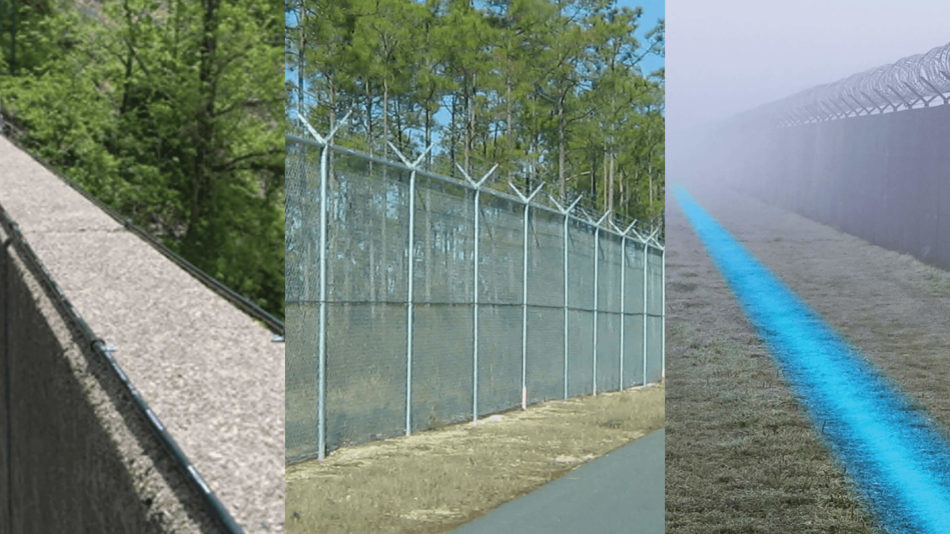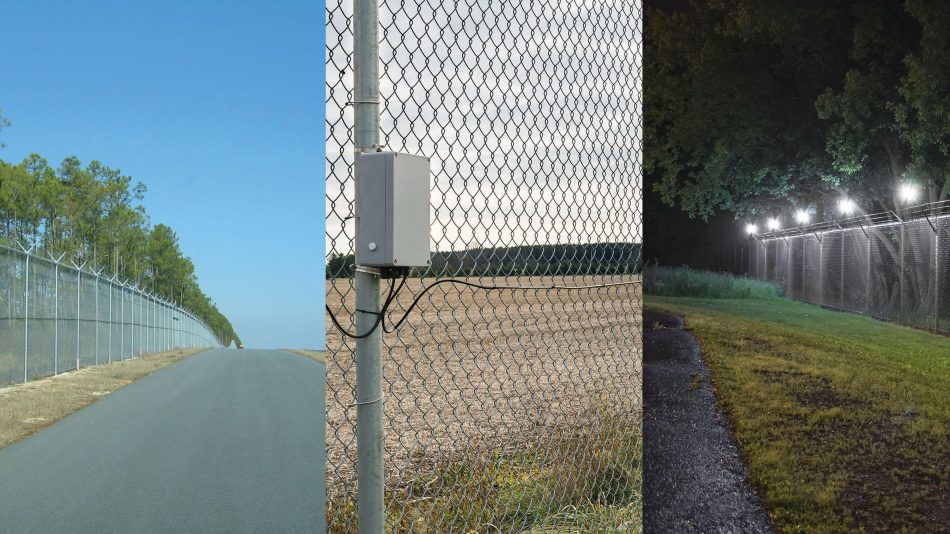How to Decide on a Fiber Optic Security System for Maximum Protection and Efficiency
Enhance Your Security With Advanced Fiber Optic Security Solutions
In a period where security is vital, sophisticated fiber optic safety systems provide an engaging solution for boosting safety throughout numerous environments. These systems not only flaunt premium data transfer and rate for high-resolution security however likewise supply impressive resilience against outside interferences. As companies significantly look for reputable means to secure their properties, the combination of ingenious modern technologies like AI and IoT within fiber optic frameworks elevates necessary concerns regarding their performance contrasted to standard systems. What ramifications do these innovations hold for future protection actions?
Benefits of Fiber Optic Protection
Using the benefits of fiber optic innovation significantly improves safety and security systems throughout different applications. One of the primary benefits is the raised bandwidth capacity, enabling the transmission of large amounts of data at broadband. This is particularly vital for real-time video surveillance, where high-resolution feeds can be sent without latency, making certain instant feedback capacities.
Furthermore, optical fiber display premium resistance to electromagnetic interference, which is essential in settings with possible signal interruptions. This reliability ensures regular performance in crucial safety operations. Additionally, fiber optic cables are much less vulnerable to touching and unauthorized access compared to typical copper circuitry, thus boosting data integrity and confidentiality.
One more significant advantage is the sturdiness of fiber optic systems; they are more resistant to ecological variables such as moisture, temperature variations, and corrosive compounds. This resilience converts to decrease maintenance expenses and longer lifespans for security setups.
Lastly, the lightweight nature of fiber optic cable televisions assists in easier installation and routing, specifically in intricate infrastructures (fiber optic security system). Inevitably, the assimilation of fiber optic technology into safety and security systems not just boosts protection procedures yet also maximizes functional effectiveness
Key Features to Think About
When reviewing fiber optic security systems, a number of vital attributes should be considered to guarantee optimal efficiency and effectiveness. Assess the system's discovery range and sensitivity; a comprehensive range permits for checking large locations, while high level of sensitivity guarantees that even minor disturbances are spotted promptly.
Next, think about the combination capabilities of the system. A fiber optic protection system must flawlessly user interface with existing security measures such as electronic cameras and alarms, creating a natural protection network.
Durability and environmental resistance are also important features. Ensure that the system is developed to stand up to severe weather problems and prospective physical threats, as this will certainly prolong its operational life expectancy.

Lastly, check out the scalability of the system. A robust fiber optic protection system should be quickly expandable to suit future needs without substantial overhauls. By carefully taking into consideration these attributes, you can select a fiber optic safety and security service that improves safety and safety and security in your setting.
Installation Process Introduction
To successfully implement a fiber optic safety and security system, an organized installation process is necessary. This procedure starts with a detailed website analysis to figure out the specific security demands and to determine optimal places for fiber optic cords and safety gadgets. Following this evaluation, the installment group will look at this site establish an in-depth plan, including cable television pathways, necessary tools, and compliance with local regulations.
Next, the setup entails laying the fiber optic cable televisions, ensuring they are shielded from environmental aspects and physical damage. Proper handling methods are vital, as fiber optic wires are sensitive and can be conveniently harmed. After the cabling is mounted, ports and terminations are thoroughly completed to make sure signal integrity.
The subsequent phase includes setting up safety tools such as cams, motion detectors, and security system, all integrated with the fiber optic network. Strenuous testing is carried out to validate that all elements are operating properly and to make certain ideal efficiency.

Contrasting Fiber Optic to Conventional Solutions
The evolution of safety technology has led to considerable improvements in the comparison in between fiber optic systems and standard copper-based systems. Fiber optic systems utilize light to transmit information, providing superior transmission capacity and see post speed contrasted to their copper equivalents. This results in boosted information transmission capacities, making fiber optics ideal for high-resolution video clip monitoring and real-time monitoring.
Additionally, fiber optic cable televisions are immune to electromagnetic interference, reducing the chance of signal destruction triggered by exterior variables. This particular ensures constant performance, also in difficult environments. On the other hand, traditional copper systems are a lot more prone to disturbance, bring about prospective vulnerabilities in protection applications.
Sturdiness is an additional benefit of fiber optic systems. They are less susceptible to damage from ecological variables such as dampness and temperature fluctuations, which can endanger copper circuitry. Fiber optics are lighter and thinner, enabling for less complicated installation and reduced physical footprint.
However, conventional systems often tend to have lower initial costs, making them appealing for budget-conscious projects. While fiber optic systems might call for a greater in advance financial investment, their lasting advantages-- such as reduced upkeep expenses and better dependability-- usually surpass the initial expense, positioning them as a premium option for contemporary safety and security demands.
Future Trends in Protection Technology
Emerging fads in safety innovation are positioned to transform the landscape of security and risk detection - fiber optic security system. As organizations progressively deal with innovative dangers, innovations such as expert system (AI) and device understanding (ML) are becoming indispensable to safety systems. These technologies boost the capability of fiber optic systems by enabling real-time information evaluation, identifying abnormalities, and automating feedbacks to possible violations
Furthermore, the assimilation of the Net of Things (IoT) is reinventing protection structures. IoT tools can offer comprehensive situational recognition and promote seamless interaction in between different protection elements. This interconnectedness permits much more efficient surveillance and faster occurrence reaction times.
Biometric verification is also getting momentum, supplying a higher level of protection with one-of-a-kind physical features. As this technology advances, it is likely to be integrated into fiber optic systems for boosted accessibility control.
Verdict
In verdict, progressed fiber optic safety and security systems stand for a significant development in safety and security and monitoring modern technology. Their remarkable transmission capacity, resistance my review here to interference, and resilience facilitate trusted surveillance and data integrity. As these systems incorporate AI and IoT capabilities, they boost the total safety and security framework, guaranteeing robust protection for possessions. The change from traditional systems to fiber optic remedies reflects a growing pattern in the direction of much more efficient and effective safety actions in a significantly complicated technical landscape.